Nothing quite beats traveling cross-country in your RV, but let’s be honest, a big part of the enjoyment that comes with road tripping in your RV is keeping fixtures like your toilet working efficiently.
Key Takeaways:
If you notice that your RV toilet is losing water, there’s a high chance there is something wrong with a component along the line. In most cases, the culprit in question would be the RV blade seal (AKA waste ball seal, or simply just the seal).
Keep reading for tips on how to fix the problem so that you can have a working toilet in your RV again.
Why Does My RV Toilet Keep Losing Water?
The amount of water in your RV toilet acts as a barrier and is usually just enough to keep the smelly odors from the blackwater tank from rising up to the cabin. If your toilet seal malfunctions this will cause water in the bowl to leak out.
It comes with many names(RV toilet seal, blade seal, waste ball seal, Seal), but we will refer to this particular component as just the seal.
It is basically a rubber seal that is installed at the base of your toilet bowl. Basically, it is in between the start of the drainage system that goes into your blackwater tank, and the toilet bowl itself.
This rubber seal is responsible for keeping your toilet bowl watertight. Like most other rubber seal components used in basic plumbing, this seal essentially acts as a waterproof barrier to keep clean water in your toilet bowl where it belongs.
And just like any other component, over time with regular use, the rubber on the seal will deteriorate.
It will start to harden or become damaged, to the point where it starts to lose its watertight properties and eventually leak clean water into the blackwater tank – or worse, causing blackwater tank gases to escape!
How Do you fix an RV toilet that doesn’t hold water?
Fortunately, fixing an issue with your seal is relatively easy, as compared to most other plumbing situations.
All you need to do is carefully dismantle your RV toilet, replace the broken or damaged seal with a brand new one, and then reassemble your RV toilet with all components intact.
However, if you’re completely new to the world of plumbing, or if you’re unsure that your skills in DIY are enough to warrant an attempt at fixing this issue, there’s absolutely nothing wrong with looking for a professional to repair your RV toilet for you.
An improperly or incorrectly installed toilet could ultimately end up causing more serious issues that will cost more to fix in the long run.
Here’s how to fix your RV won’t hold water in bowl problem.
- Turn off the water mains connected to the toilet
This is a very important step before you start removing anything. If you don’t turn off the water valves that connect to your toilet from the mains, you won’t be able to empty your toilet bowl of clean water as it will keep refilling.
And since you’ll need to remove your entire toilet bowl off its base, you’ll need to have your toilet bowl completely dry.
- Disconnect and remove the toilet bowl
Using some basic tools, you can simply remove your RV toilet bowl from its base. Usually, the toilet bowl is held in place with a few bolts – 2 or 3 bolts at most. If you’re unsure, look for the manufacturer’s guide to locate the mounting bolts and the tools required to remove them.
At the back of your toilet bowl, you’ll be able to see the pipe that is connected to your water mains that flush and fills up the toilet bowl.
Remove this according to your manufacturer’s instructions. If you’ve turned off the water mains as mentioned above, nothing should come out of this pipe.
Once you’ve removed your toilet bowl, place it aside, and you’ll be able to see the base of your toilet bowl.
- Locate the seal
At the base of your toilet bowl, you’ll usually have an open/close valve that is operated by your toilet’s flush lever. Ensure this valve is kept closed, otherwise, you’ll be breathing in pungent blackwater odors from the blackwater tank below!
Around the circumference of this valve you’ll be able to see and feel a rubber ring – this is the seal. Remove this damaged or deteriorated seal using the manufacturer’s instructions.
- Deep clean your toilet base
After you’ve removed the RV seal, take this opportunity to deep clean your toilet base with a rag or brush, some soap, or bleach. This helps to keep the area clean and prolongs the lifespan of your new seal once installed.
- Replace the RV seal
Take your brand new RV seal and fit it into the slot, ensuring it is tight.
- Reinstall toilet bowl
Now, you can reinstall your toilet bowl on the base, doing everything you did to remove it, such as the bolts and mountings, in reverse.
- Don’t forget to connect back water supply
Reconnect back your water supply as mentioned in step 2, then turn on your water at the mains.
- Test it out
Test out your new RV toilet. If you’ve done everything correctly, you should now have a leak-free, perfectly working RV toilet that holds water in the bowl.
Other reasons why your RV won’t hold water in bowl
While a broken or deteriorated seal is the most common fault that results in this issue, there are other components that may also cause the same problem.
The RV toilet water valve is one such component that may cause the leakage problem in your toilet bowl. It usually is a result of the toilet water valve freezing in the harsh cold of winter, and then thawing again during a hot summer.
It can be easily purchased anywhere and is a relatively simple job to fix.
Another component is the RV toilet flange, which retains the stability of your toilet, keeping it functional. A bad RV toilet flange commonly causes leakage around the base of the toilet.
Conclusion
There’s no doubt that a broken or malfunctioning RV toilet can ruin your trip in more ways than one.
Generally, when it comes to plumbing issues in your RV, it’s always good practice to get these issues looked at sooner rather than later.
After reading the above guide, you’ll hopefully have a better understanding of how your RV toilet works and how to fix these issues quickly and correctly, helping you spend less on costly repairs.
Alternatively, you can contact the manufacturer of your RV toilet to see if they can help.
Since they made the product, they should be able to guide you through troubleshooting any issues that may arise with it


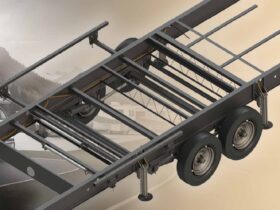
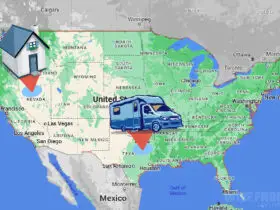
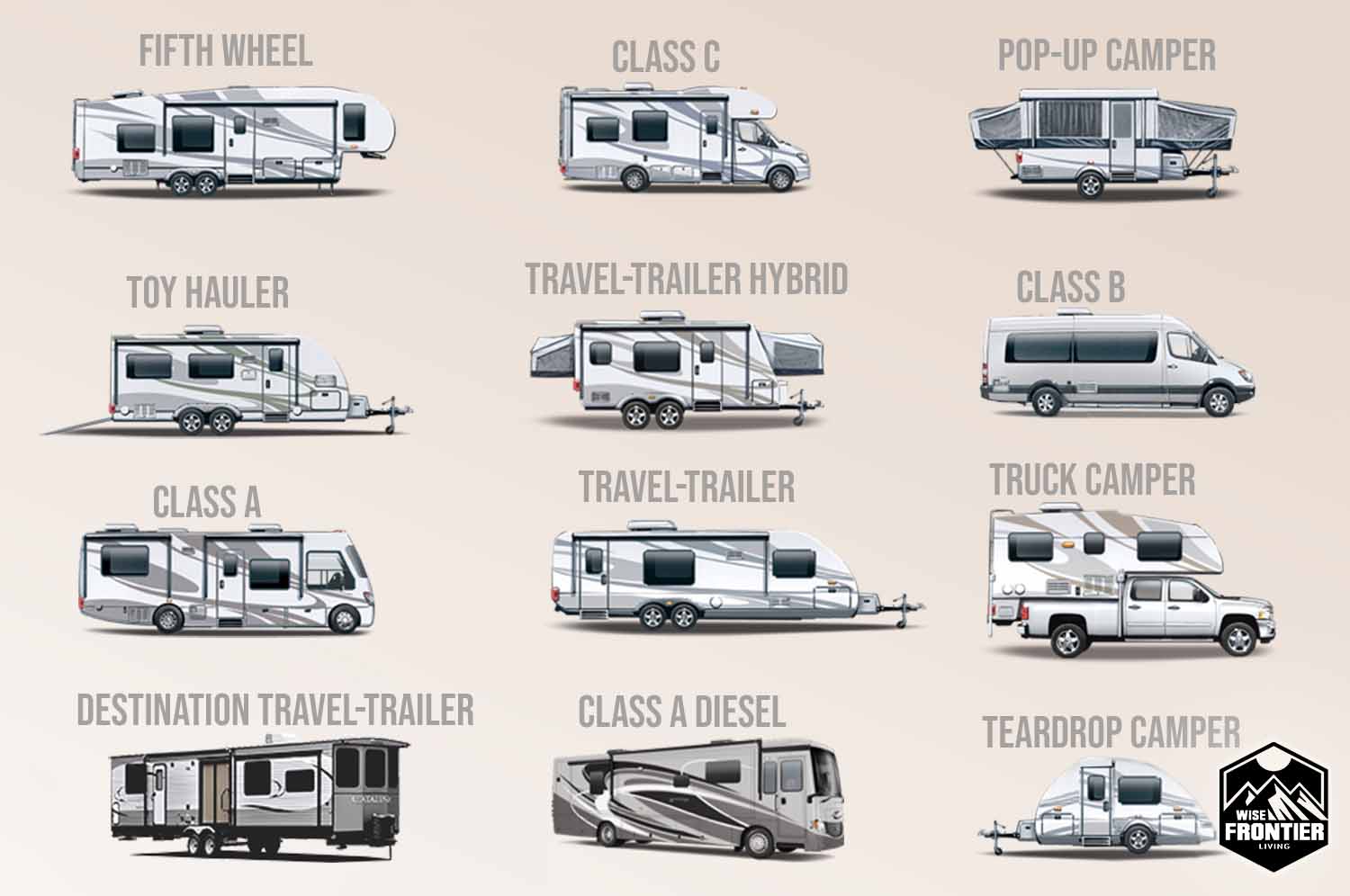

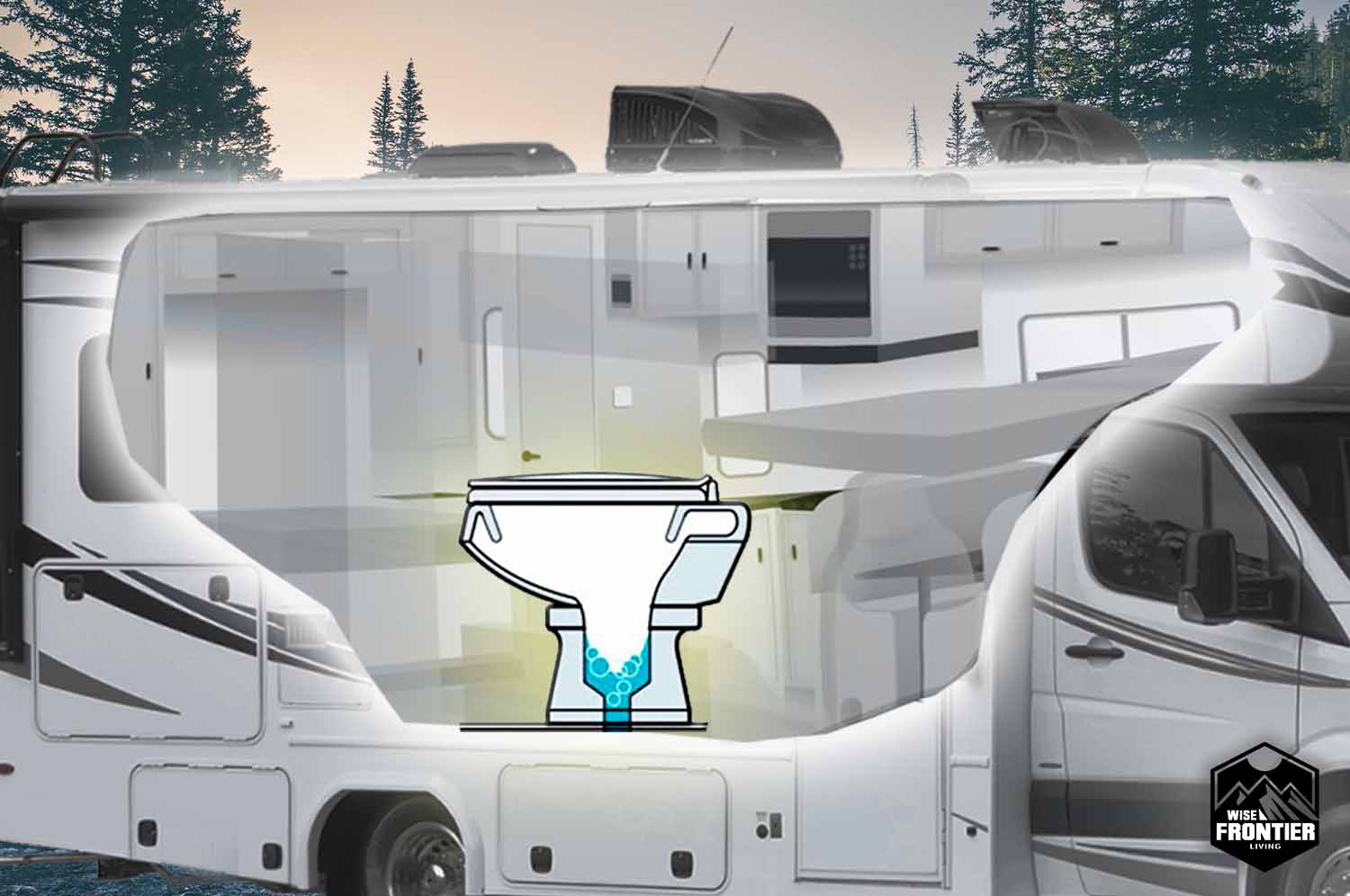
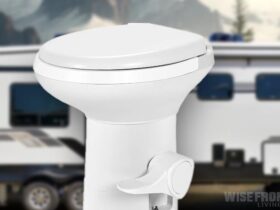
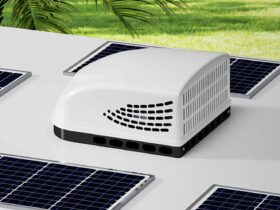
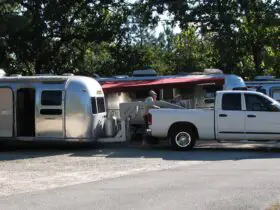
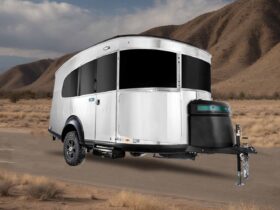




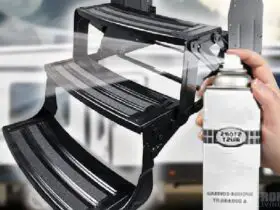
Leave a Reply